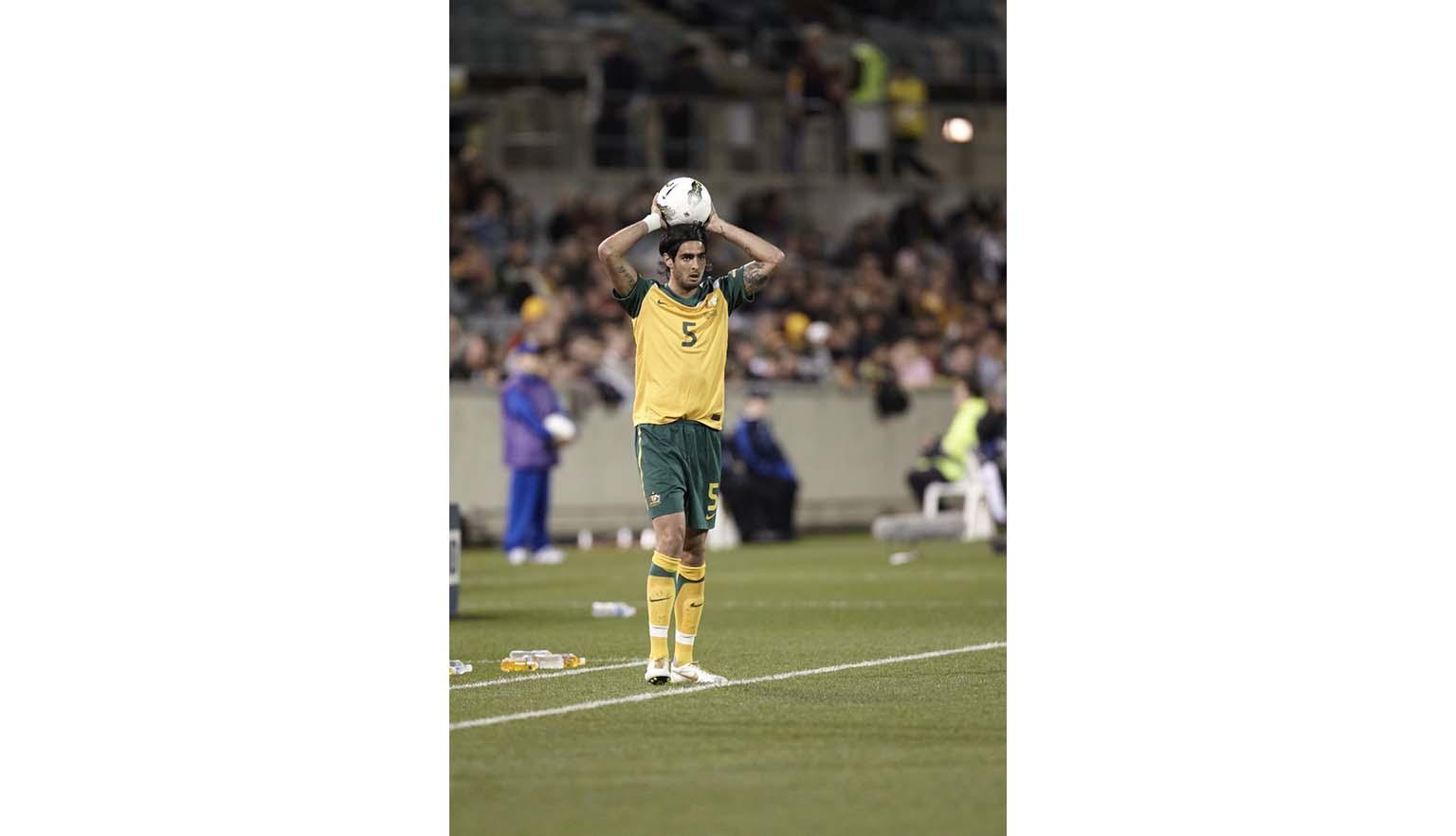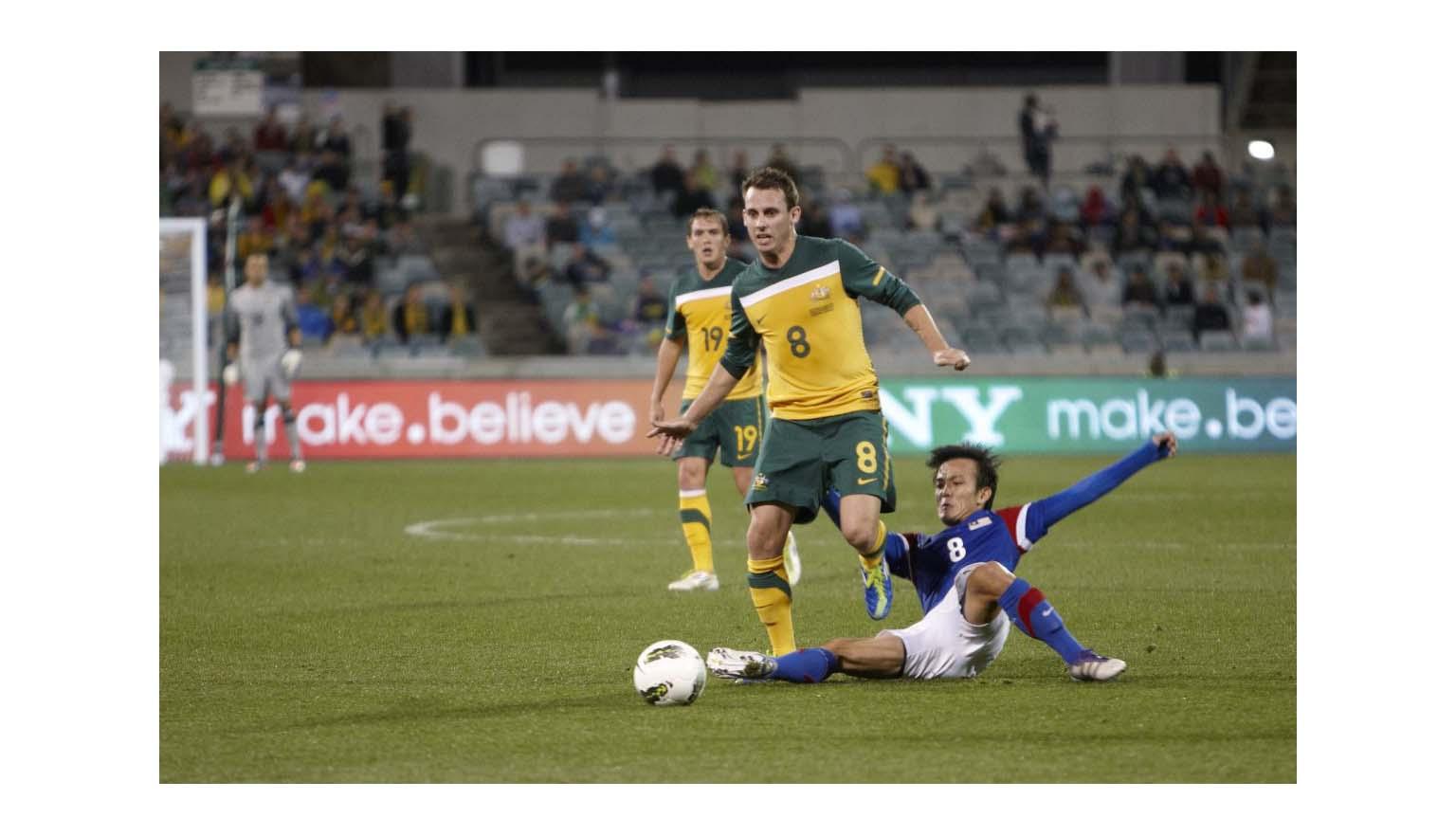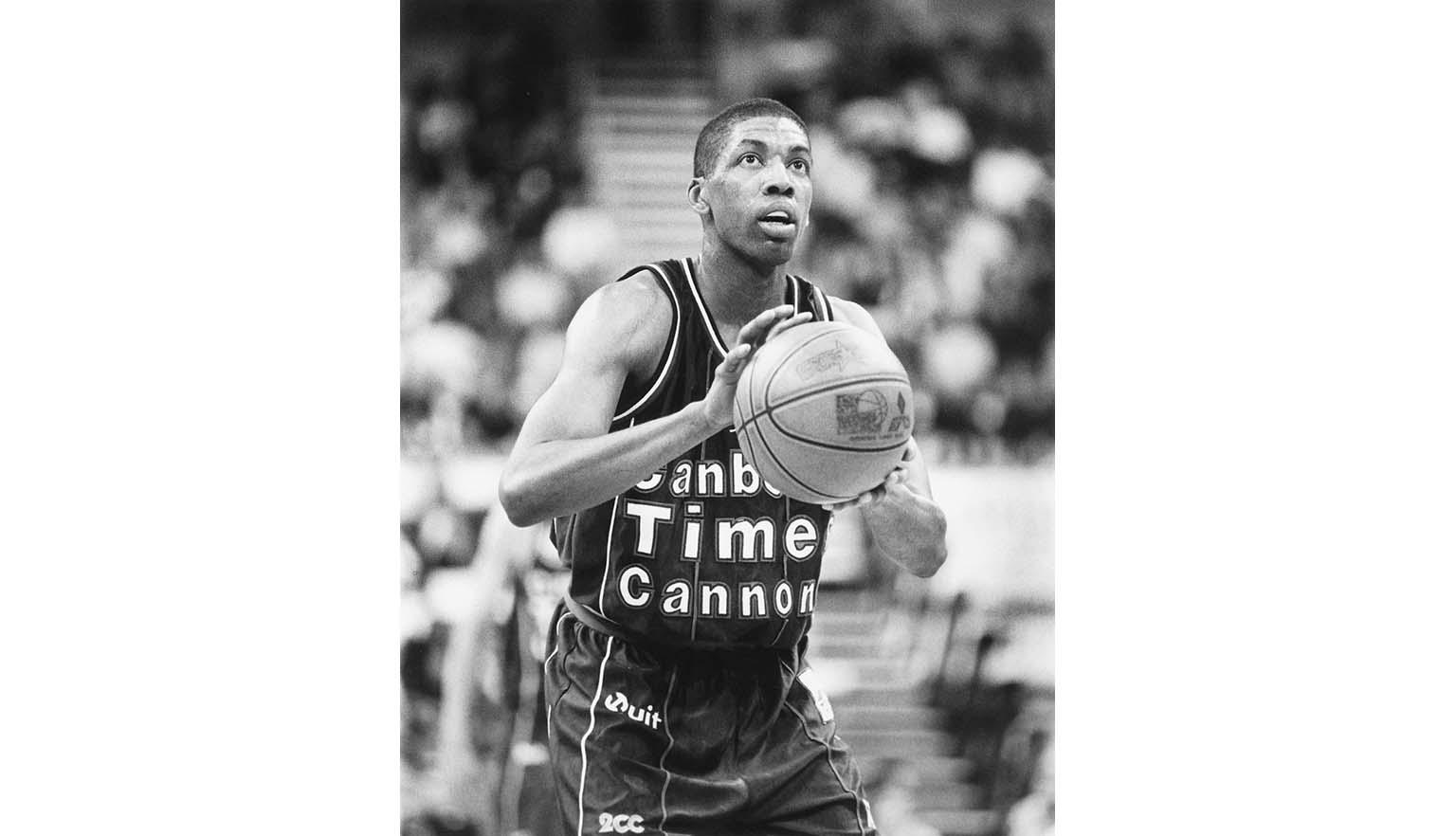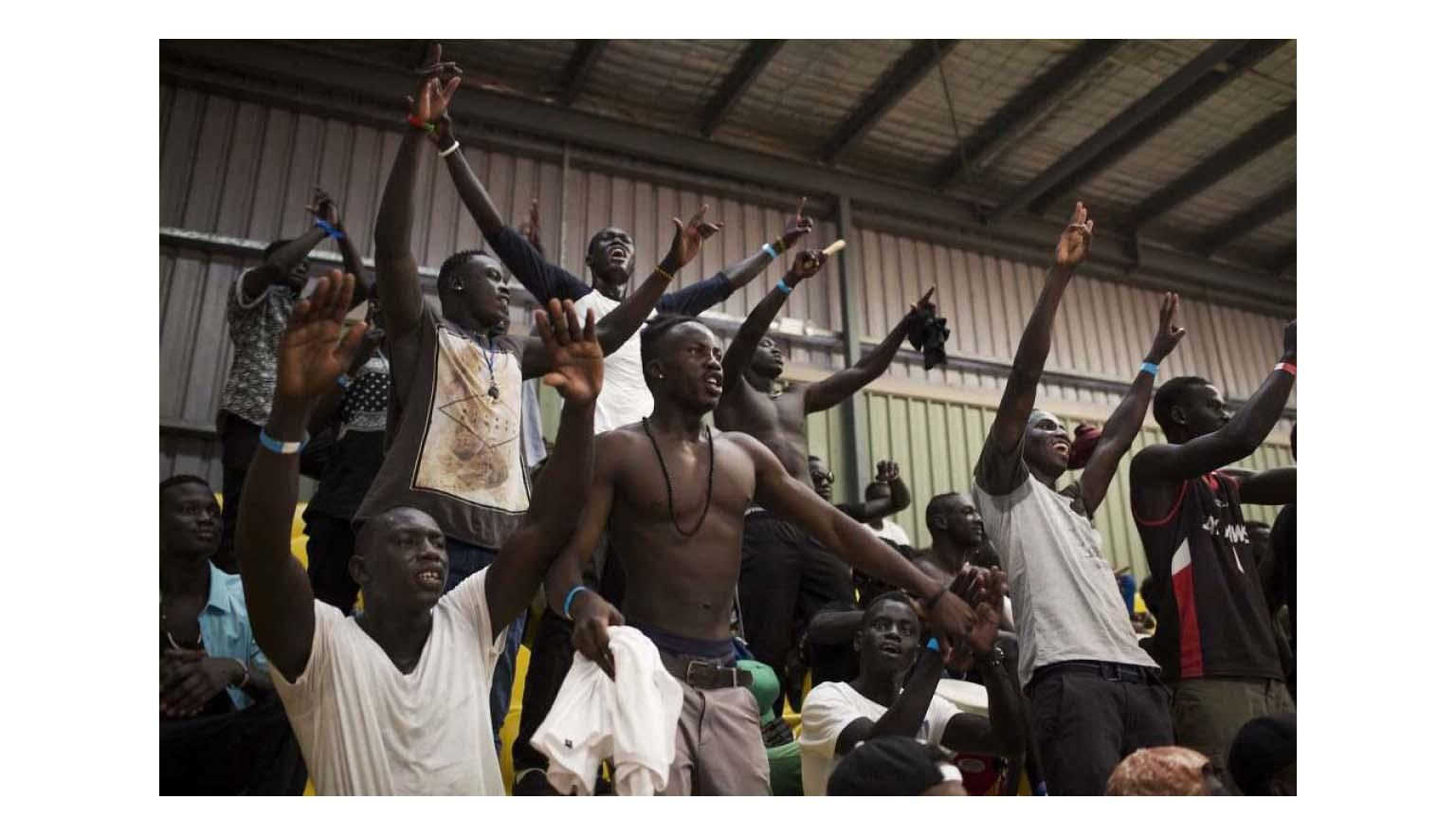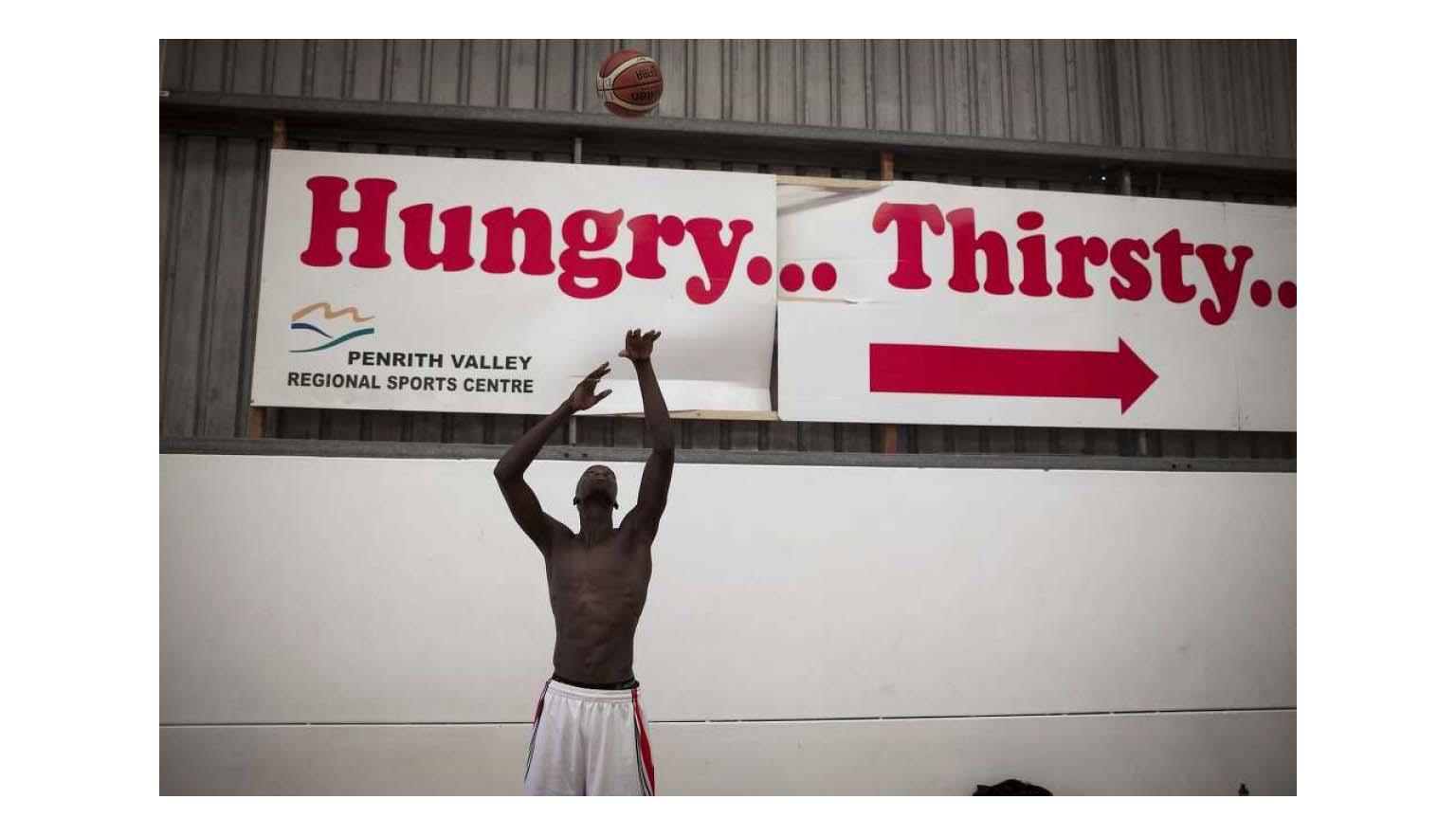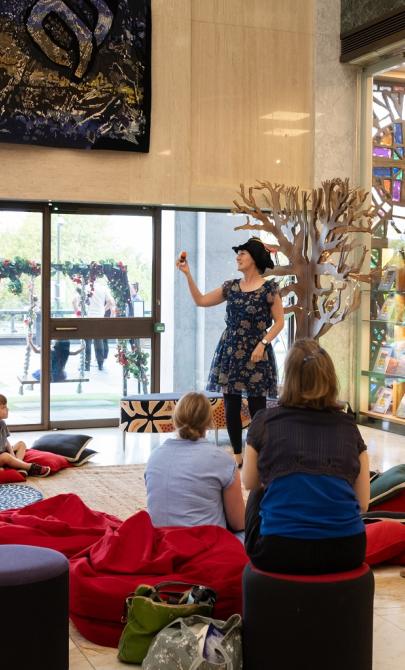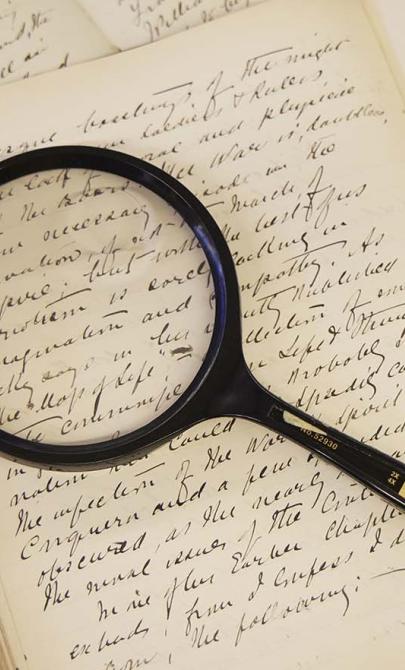Migration and sport
Migration in Australia
Australia is a multicultural country shaped by migration. According to the 2016 Census, 28.5% of the population—around 6.9 million people—were born overseas. The most common countries of birth for migrants were:
- United Kingdom: 1,198,000
- New Zealand: 607,200
- China: 526,000
Australia promotes itself as a multicultural nation, a place where people of different cultural or ethnic backgrounds exist together in a society or community that embraces cultural differences rather than excluding and segregating. A multicultural society celebrates and protects the distinct practices of different cultures, instead of promoting assimilation or conformity.
With new people and cultures come new ideas and practices. These could be new foods, new religions, new art forms or even new sports.
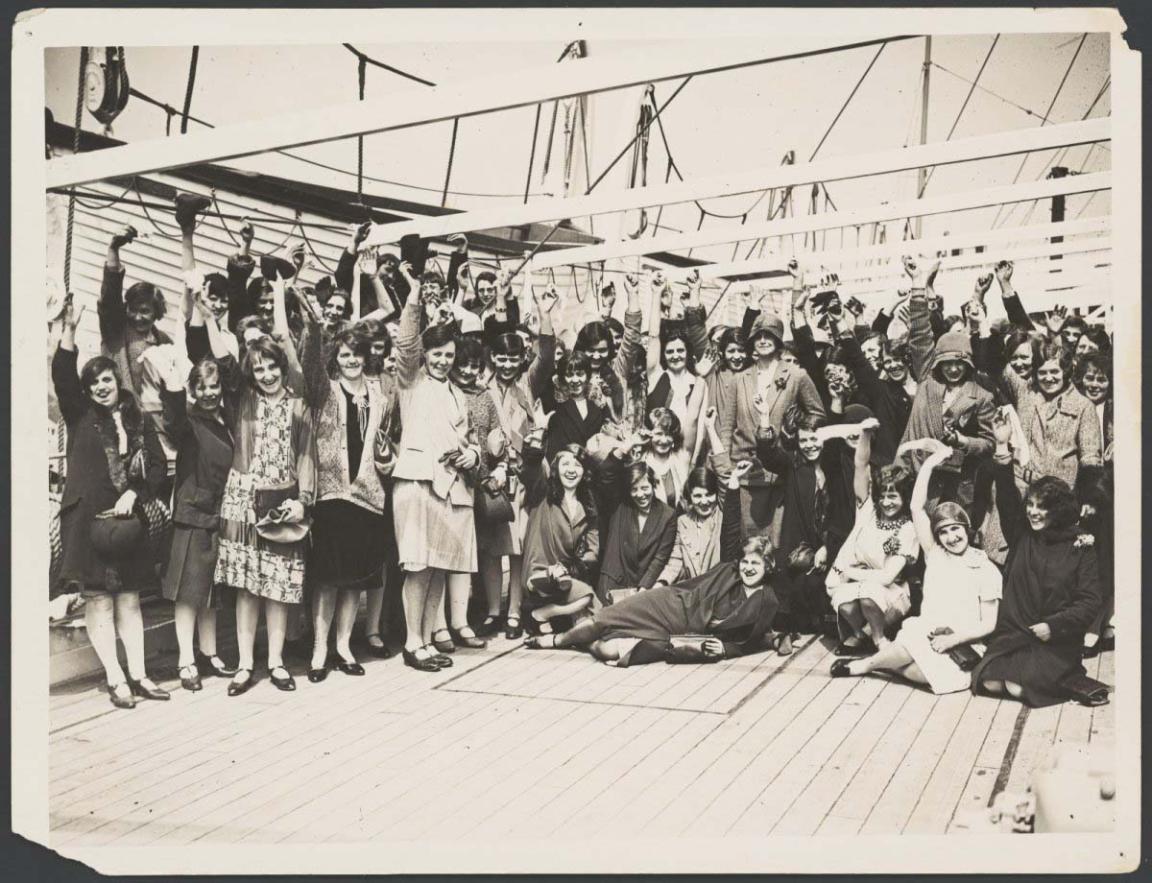
London News Agency Photos Ltd, British women migrants aboard passenger ship, London, ca. 1920s, https://nla.gov.au/nla.obj-138115134
London News Agency Photos Ltd, British women migrants aboard passenger ship, London, ca. 1920s, https://nla.gov.au/nla.obj-138115134
Soccer (association football)
Australia’s first soccer club, The Wanderers, formed in Sydney in 1880. While soccer was played widely, it wasn’t a major sport—until the 1950s. After World War II, large numbers of British and Southern European migrants arrived in Australia, many with a deep love for soccer.
For new arrivals—especially those who didn’t speak English—soccer became a way to connect with their communities and feel part of Australian life. Clubs often formed around ethnic identities, such as Greek, Macedonian and Italian communities.
At the time, some Australians saw soccer as a ‘foreign’ game and used racist terms to describe it. In later decades, soccer authorities worked to ‘de-ethnicise’ clubs to broaden the sport’s appeal. Many clubs changed their names—for example:
South Melbourne Hellas became South Melbourne FC
Preston Makedonia became Preston Lions FC
This shift helped soccer grow but left many supporters feeling like they’d lost part of their community identity.
Soccer’s popularity surged in 2006, when the Socceroos competed in the FIFA World Cup. By 2017, more than 1.1 million Australians were playing the sport—making it the most played sport in the country.
Basketball
Basketball was first played in Australia in Adelaide in 1897—just 6 years after it was invented in the United States. But it didn’t take off nationally until 1979, when the National Basketball League (NBL) was formed.
In the 1980s, Australian basketball grew rapidly. Teams began signing players from the US, including former NBA players. These athletes lifted the sport’s profile and attracted more fans.
One standout was Robert Rose, who played for the LA Clippers before moving to Australia in 1992. Over the next 15 years, he played for five NBL teams, won MVP twice and competed in three grand finals. He eventually settled in Townsville with his family and ran a restaurant.
Today, basketball is one of Australia’s most popular sports—especially among migrant communities. It’s the 7th most played club sport, with around 540,000 players. It’s also especially popular with the South Sudanese Australian community.
Learning activities
Activity 1: Your favorite
Think about your favourite sport. Explore:
- What are its origins?
- Are there versions of it played in other countries?
Activity 2: Debate
Many long-time fans were upset when clubs changed their names and removed cultural links to appeal to broader audiences. Was the wider appeal worth the cultural loss?
- Listen to David Hill talk about this in an ABC Radio National clip (7:00–8:22).
